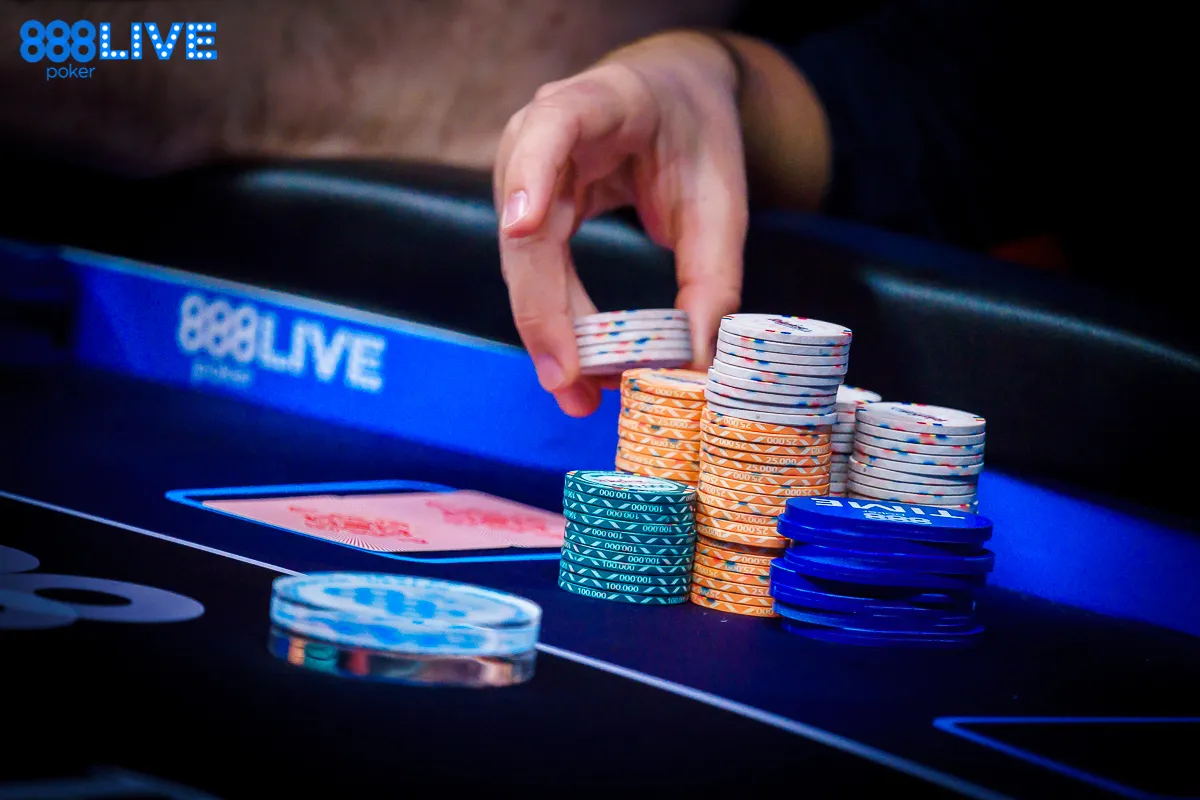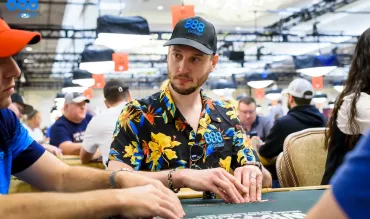One of the most common situations you will encounter in poker tournaments is defending your big blind. There are a lot of factors that come into how you proceed, and these tips will help you navigate the problem.
Position
If your opponent opens from early position, they’ve done so with 8 other players left to act after them. Their range therefore is stronger than if someone raised your big blind from late position. Against an under the gun raiser you defend your big blind less often than you do against a button raiser as you need a stronger hand to go up against your opponents stronger range. A hand like T7 off suit looks like a decent hand to defend your big blind with, but I would only do so against a late position player and not against an under the gun raiser as it will not have enough equity against an early positions more robust range.
3 betting
Defending your big blind doesn’t mean just calling, it means 3 betting too. The later position your opponent was in, the more you should be 3 betting both as bluffs and for value. The earlier the position of your opponent, the tighter their range has to be because they’ve got so many players left to act after them. This makes it important to 3bet to a smaller frequency when you are in the big blind against an earlier position range since you’re against a stronger set of hands. Similarly, when you face an opponent from a later position, they can be playing more hands since there are less people to beat. This allows you to 3bet more often since you are against a weaker range.
For example, against a late position opponent, AJs is a value 3bet. But against an opponent from early position, it is often better just to call from the big blind as they have less weaker hands that can call your value raise.

Sizing
You will face a number of different raise sizes whilst you are defending your big blind. The smaller your opponent raises, the more hands you get to play. The larger they raise, the less hands you get to play. A hand like J2s is a fine hand to defend against the minimum raise. But if your opponent’s opening sizing is 3.5bbs then it becomes a fold because of the worse price you are getting.
You should also 3bet less often against a larger sizing than you should against a smaller sizing, as you should be up against a stronger range of hands.
Stack Depth
Suited hands like 92s have decent implied odds at 30-60bb stack depths for when they make a flush and end up getting paid by 2 pair. However sub 15 big blinds the implied odds just aren’t there, making the worst suited hands not worth defending in many situations. There also comes a tipping point at very deep stacks where the worst suited hands actually begin to have reverse implied odds. This is because if your flush gets into a situation where 200 big blinds are going into the middle, your opponent will often have your flush dominated and not be paying you off with 2 pairs and the like, like they would at 40bb-50bb stack depths.
ICM
ICM, or the “Independent Chip Model” is an important concept in tournament poker. Without going into too much detail, the model demonstrates how important survivability is in tournament poker. It’s a disaster to bust just before the payouts in a tournament, so middling stacks are often forced to play tight and wait for short stacks to bust to avoid being eliminated before them. This means that we have to defend our big blind much tighter. Without ICM a hand like A2o would make a fine hand to defend the big blind with, by either raising or calling. However if we are approaching the money bubble you might be better off just folding a nebulous hand like this whist you wait for short stacks to bust out.
Summary
So there you have it, 5 factors that influence how you should defend your big blind. The real challenge comes from combining all 5 of these aspects to come up with a game plan for all the situations you will find yourself in. Good luck!


